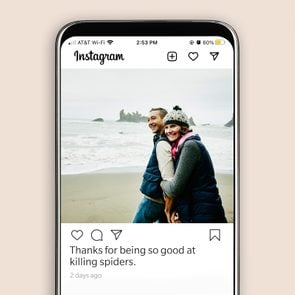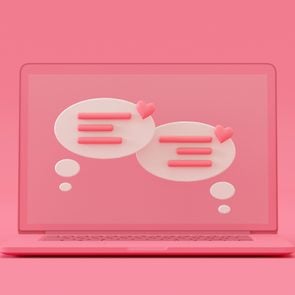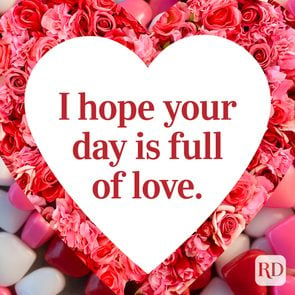This Is What Each Heart Emoji Means
Updated: Mar. 09, 2024

For expressing eternal love or crafting an aesthetic caption, here's a handy glossary of heart emoji meanings for every communication style, according to an actual emoji expert
If you are an emoji-using communicator, it should come as no surprise that the red heart emoji has been among the top five most-used emojis since the colored icons were invented. In fact, you’ve likely seen one used—or used one yourself—today. On Instagram, it’s even the default “like” button. So why is it so popular? And more important, why are there so many varieties and heart emoji meanings? With such a wide variety to choose from, it’s hard to know which to send—and which to avoid.
Hearts really are, well, the heart of emojis, says Keith Broni, the editor-in-chief of Emojipedia, the definitive guide to all things emoji. “They’re the most versatile of all the emojis, largely because they’re one of the oldest symbols used by humans. They’re found in nearly every culture, and everyone has a basic understanding of what they mean.”
With Broni’s help, we’re diving into every kind of heart emoji, from the broken to the anatomically correct—because it’s just bad group text etiquette to use them incorrectly. (There have actually been lawsuits over misconstrued heart emojis, Broni cautions.) So here’s everything you need to know about the emoji meanings behind (and matters of) the heart.
Get Reader’s Digest’s Read Up newsletter for more personal tech, humor, travel and fun facts all week long.
About the expert
|
What do the different heart emojis mean?
According to Broni, this is a popular question, even among texting experts. “I get asked this question a lot, and I don’t want to disappoint anyone, but the answer is almost anything and everything,” he says. “The colors don’t have a set meaning.” But that’s by design. The heart emojis are so popular because they can be used to convey an entire range of positive human emotions, including romance, affection, love, happiness, peace, gratitude, excitement, agreement, sympathy and even sometimes condolences.
There are a few that have highly specific meanings though, especially when used in a particular context or together with other emojis, so keep that in mind.
How many heart emojis are there?
There are more than 40 emojis that use a heart (including the popular heart-eyes emoji). Don’t get too hung up on that number though, as Unicode, the body that decides which emojis are included in the standard set, is constantly adding new emojis to the list of available pictograms. For instance, in 2024, you can expect to see a mushroom, phoenix and “nodding” emoji, among others.
Heart emoji meanings
Ready to dive in? We’re breaking down the most popular heart emojis, the meanings behind them and when you should (and should not) use them.

❤️️ Red heart
This is the most popular heart emoji and the most versatile. Unfortunately, this can also make it the most confusing, Broni says. A red heart can be as innocuous as liking a picture on social media, as bland as saying you received and understood a text or as emotional as declaring your undying affection as part of a love message.
When to use: Technically you can use this in almost any context, which is why it’s generally on the shortlist of suggested emojis. Use it anytime you want to convey a positive emotion.
When to skip: Because red does sometimes symbolize romance, don’t use the red heart emoji if you want to be clear that it is not romantic. “I generally don’t recommend people use the red heart in a business context, like on Slack,” Broni says. “You want to be perfectly clear that your intentions are only professional.” Conversely, because it is a default response in so many programs, it can come across as perfunctory or impersonal. If you’re learning how to be romantic, consider avoiding it when showing truly genuine affection.
 Pink heart
Pink heart
The pink heart was only introduced in 2022, but it’s already surging in popularity. “This was one of the most requested emojis ever,” Broni says, adding that it’s his personal favorite heart emoji.
When to use: Similar to the red heart, feel free to use this to convey any positive emotion, but without the potential romantic connotation.
When to skip: It can come across as childish or overly lighthearted, so skip it in situations where you want to be strictly professional or keep the tone more serious.
 Light blue heart
Light blue heart
This heart is also new to the roster and is a favorite to combine with other heart emojis. It offers a brighter blue in addition to the traditional dark blue heart.
When to use: This is a popular choice to represent friendship and feelings of warmth to add to anything with the color blue.
When to skip: This heart is pretty benign, so it’s unlikely to be misunderstood. But you can skip it in any situation where hearts wouldn’t be appropriate (again, in a professional setting). And don’t overdo it: Overusing any emoji can clutter your messages or lead to misinterpretation.
 Gray heart
Gray heart
This was the third new-colored heart added recently—not so much because people were clamoring for a gloomy heart but rather because people like to use emojis together and there are lots of gray emojis to pair it with.
When to use: To convey a muted or somber affection or in conjunction with something gray that you love. For instance, pairing it with the gray camera emoji might imply that you love old school photography.
When to skip: When you really want to emphasize a positive feeling, a more exuberant color might be more appropriate and will likely get your point across better.
💙 Blue heart
One of the classic hearts, the royal blue heart emoji is particularly popular for brands and marketers online, Broni says. “It shows that you love something but not in a way that would be weird for a product,” he explains. “Like, it might be weird to say you red-heart love your new vacuum.”
When to use: To show you love a specific product or brand. It’s especially popular on X (formerly Twitter). It’s also popular in political posts.
When to skip: There’s really no wrong time to use the blue heart emoji other than any time when a heart emoji would be inappropriate.
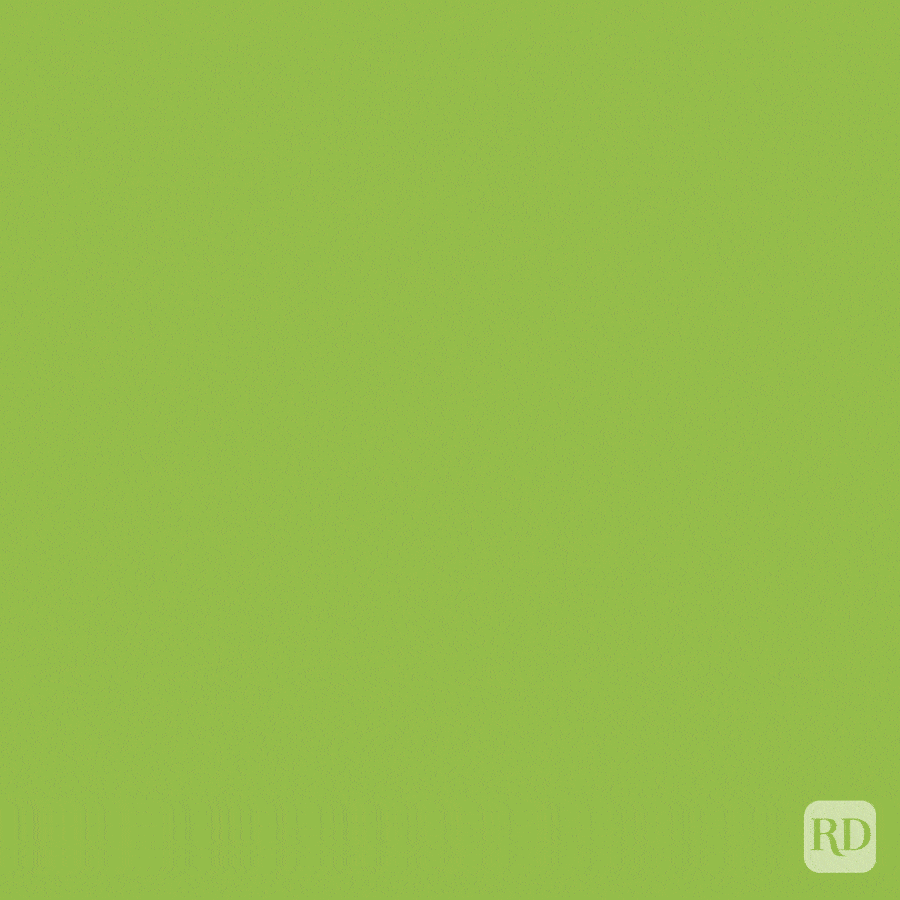
💚 Green heart
The green heart is surprisingly popular online because of its association with the K-Pop band NCT. It’s also popular used in conjunction with other green emojis.
When to use: When you love something green or are celebrating Christmas or St. Patrick’s Day.
When to skip: You can’t really go wrong with the green heart.
💛 Yellow heart
This is considered the most “neutral” heart, perhaps because of its association with the neutral yellow used in many emojis to convey a “skin tone” without specifying a race.
When to use: When you want to express a positive emotion in the least offensive way possible. It’s great when used with “thinking of you” messages.
When to skip: You’re probably fine to use this one as much as you like.
🧡 Orange heart
This heart came in 17th on the list of most-used heart emojis and might not have even cracked the top 20 if it weren’t for its association with Halloween.
When to use: Paired with other orange emojis, to celebrate Halloween or if it’s your favorite color!
When to skip: This one can get lost in texting; on small screens, it’s easy to mistake for the yellow heart. But really, it’s pretty standard and could be used in any situation where a heart is appropriate.
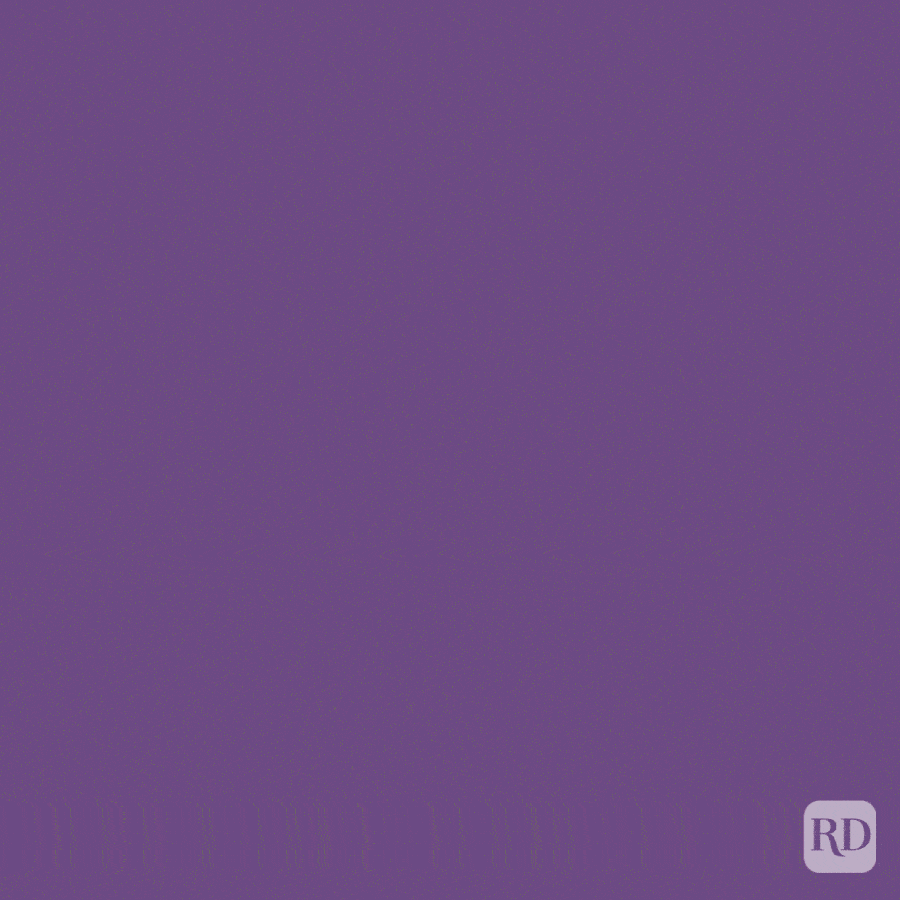
💜 Purple heart
Out of all the heart emojis, the purple heart surprised Broni and his research team the most. “It was the third most-used heart emoji on Twitter in our 2020 study, and it was all because it’s the heart that the BTS fandom uses online,” he explains. This shows the power of both the color purple and K-Pop fans.
When to use: You’re part of the BTS army or you’re talking about a Purple Heart military medal.
When to skip: Almost any other time. Even if you don’t write your tweet about K-Pop or the military, it’s likely to get grouped with those posts by the algorithm. Still, no one owns the purple heart emoji, and it’s not offensive to use it in most contexts, so go ahead and use it if you’d like.
🤎 Brown heart
This is the least favorite of all the colored hearts, perhaps because people associate brown with another top brown emoji: the poop emoji. It does, however, have some important uses, Broni says.
When to use: When expressing your identity as a person of color or in support of Black and brown people. “This one became popular online during the Black Lives Matter movement,” he says, adding that emojis can convey a lot in political situations.
When to skip: This isn’t bad to use in other contexts, so feel free to communicate with it if you like.
🖤 Black heart
This was the first of all the heart emojis, popping up on black-and-white phones in Japan in the 90s. It’s a classic.
When to use: When you want to share a sad heart, either as your own current mood or to show empathy for someone who is suffering. It’s also popular in “aesthetic” social media posts—for instance, as part of a caption of a picture of a black outfit.
When to skip: When you mean simple, uncomplicated positive emotions, pick any of the colored hearts instead.
🤍 White heart
This is the one heart that has a fairly specific color meaning, Broni says. “It’s almost exclusively used to express condolences after a loss,” he says.
When to use: When you want to send angel vibes (paired with the angel emoji), condolences or sympathy to someone suffering or after a loss. It can also be used in aesthetic posts, paired with other white emojis.
When to skip: Any other time. It’s become so associated with mourning that it is the first thing most people think of when they see it.
💘 Heart with arrow
The Cupid’s heart emoji is mostly used to represent romantic love.
When to use: To send extra love to a sweetheart or in a flirty text.
When to skip: Any other situation. Don’t send this to someone to represent affection or kindness, as they will likely interpret it as a romantic overture.
💓 Beating heart
Those little vibration lines around the pink heart symbolize a heart beating, indicating extra passion.
When to use: Anytime you would use the pink or red heart, but you want to add even more emphasis on your affection—perhaps within a Valentine’s Day message.
When to skip: In a new relationship or friendship (you don’t want to come off as too eager).
💔 Broken heart
The fact that the broken heart is the fifth most-used heart emoji might say something about the current state of the world. It’s most often used to indicate any type of sadness, ranging from being upset after a major breakup to feeling heartbroken about a national tragedy.
When to use: Anytime you’re feeling sad, glum, gloomy or downright despondent. When used in conjunction with the red heart, it can show mixed feelings about something.
When to skip: Anytime you really mean the red heart emoji.
💕 Two hearts
The double heart is the ultra-affectionate emoji, showing warmth and love of all types.
When to use: To add an extra dose of happiness and love, beyond a single heart.
When to skip: When you’re not particularly close to someone, as this can convey more intimacy than a single pink heart.
💖 Sparkling heart
This is my personal favorite and the heart emoji I use most often. I like to think of it as the heart with jazz hands—a demonstrative, over-the-top, sparkly love.
When to use: When you want to add a bright spot to someone’s day and send a big boost of love and care.
When to skip: Because it is a little over-the-top, skip it if you’re worried about being taken seriously. This one is definitely not for professional settings.
💗 Growing heart
Just like the Grinch’s heart grew three sizes, this heart emoji shows growth, progress and increasing love.
When to use: To add extra oomph to your expression of love, affection or gratitude.
When to skip: Avoid this if you don’t want to mistakenly express romantic love.
💝 Heart with ribbon
This cute little heart is all wrapped up with a bow, symbolizing you offering your heart to someone as a gift.
When to use: This can be an expression of generosity and unconditional love, so use it with close loved ones.
When to skip: Situations where you don’t want to be overly familiar.
💞 Revolving hearts
This heart emoji works best when it’s animated as a GIF, showing the two hearts circling each other—like two people who are tied together by their love for one another.
When to use: With close loved ones, especially those with whom you share a reciprocal love and affection.
When to skip: With people you’re not particularly close to.
💟 Heart decoration
This emoji is an icon of a picture of a heart—or a symbol of a symbol—making it a little more detached.
When to use: When talking about a heart symbol specifically.
When to skip: When you really mean to convey love or affection, using this symbol can come off as cold.
♥️ Heart suit
Even though it’s part of the card suits emoji collection, people often use this heart in contexts unrelated to a deck of cards. Famously, John Mayer once decreed it the “most masculine” of the heart emojis. (Which … gave men more freedom to express their emoji-emotions?) Note: On most phones, this emoji shows up as red or dark red.
When to use: Anytime you would use the regular red heart (and on some phones, it’s hard to even tell the difference between the two).
When to skip: Anytime the red heart emoji is inappropriate.
❣️ Heart exclamation
I always thought this was a heart balloon, but it turns out this is a punctuation mark, an exclamation point with a heart as the stem instead of a traditional line. (Honestly, that makes more sense now that I really look at it.)
When to use: Anytime you want to add an exclamation point with love or convey exuberant love.
When to skip: Anytime you are worried about your sentiment being misinterpreted as romantic love.
🫀Anatomical heart
What would a heart emoji list be without the anatomically correct heart?
When to use: When you’re talking about a medical condition or if you want to be extra vulnerable and truly “bare your heart” to someone.
When to skip: Anytime you are trying to be really romantic. (Many folks find this version of the heart a little icky.)
🫶 Heart hands
Even though these hands are clasped together in a heart shape, they’re more often used to show support or friendship than romance or love. Many fandoms, including those of Taylor Swift, use the heart hands to show their support and appreciation for the singer.
When to use: As a low-key way of telling someone you’ve got their back and are there for them.
When to skip: With someone you’re trying to show true love or romantic feelings for.
Should you always follow emoji heart meanings?
“One of the greatest things about emojis is their ability to grow and change, representing different things over time and in different contexts,” Broni says. This means you can create your own meanings for emojis that connect you with others in a group—maybe you use various colored heart emojis to represent different Hogwarts houses in a Harry Potter fan club, for instance. You can express a particular sentiment, like using the blue and yellow hearts together to support Ukraine. Or you can keep it uniquely personal, like to identify close contacts in your phone.
Ultimately, the heart emojis represent the meaning that you give them, so get creative and have fun.
Sources:
- Keith Broni, editor-in-chief of Emojipedia; interview, Jan. 9, 2024
- Emojipedia: “New emojis in 2023–2024”

